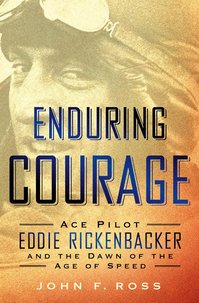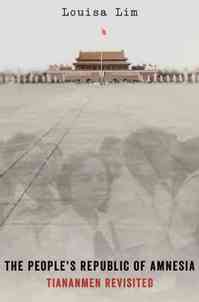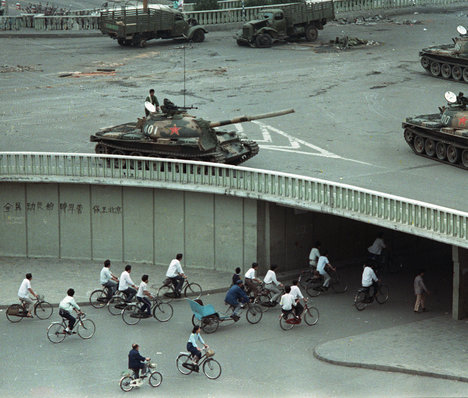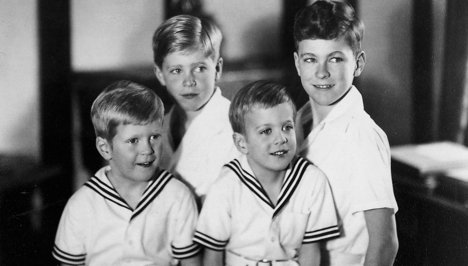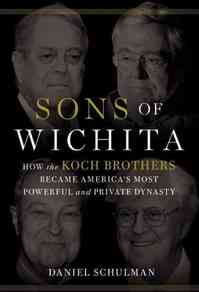(p. 5) A telling anecdote involves a dinner that Ms. Warren had with Lawrence H. Summers, then the director of the National Economic Council and a top economic adviser to President Obama. The dinner took place in the spring of 2009, after the oversight panel had produced its third report, concluding that American taxpayers were at far greater risk to losses in TARP than the Treasury had let on.
After dinner, “Larry leaned back in his chair and offered me some advice,” Ms. Warren writes. “I had a choice. I could be an insider or I could be an outsider. Outsiders can say whatever they want. But people on the inside don’t listen to them. Insiders, however, get lots of access and a chance to push their ideas. People — powerful people — listen to what they have to say. But insiders also understand one unbreakable rule: They don’t criticize other insiders.”
“I had been warned,” Ms. Warren concluded.
A spokeswoman for Mr. Summers did not respond to a request for comment.
For the full commentary, see:
GRETCHEN MORGENSON. “Fair Game; From Outside or Inside, the Deck Looks Stacked.” The New York Times, SundayBusiness Section (Sun., APRIL 27, 2014): 1 & 5.
(Note: italics in original commentary, and in Warren book. I added a missing quotation mark.)
(Note: the online version of the commentary has the date APRIL 26, 2014.)
The Warren passages quoted above are from p. 106 of her book:
Warren, Elizabeth. A Fighting Chance. New York: Metropolitan Books, 2014.

